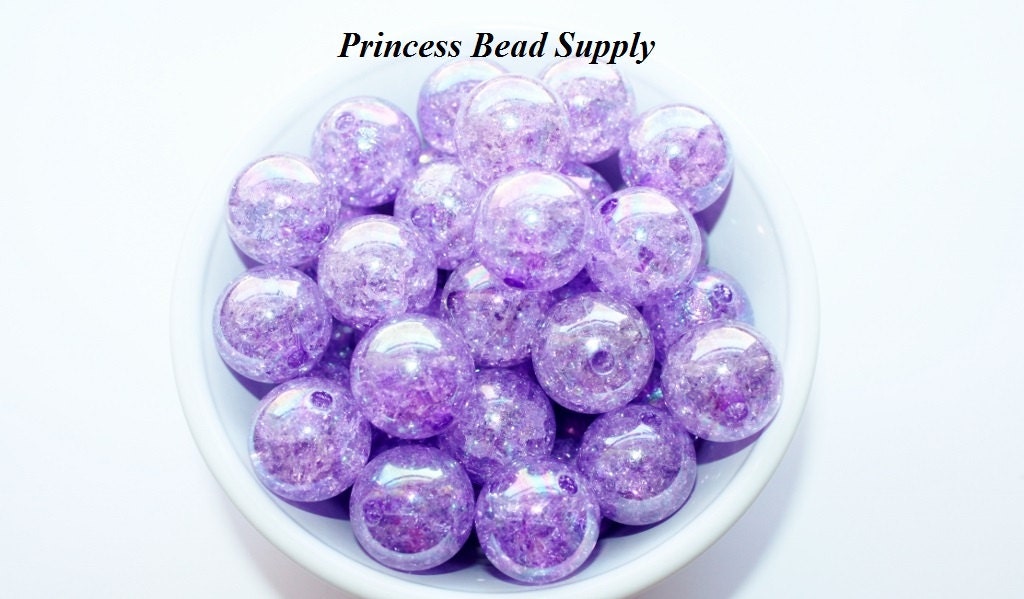

TMJ (temporomandibular joint and muscle disorders).Evidence and evidence gaps in the treatment of Eustachian tube dysfunction and otitis media. Eustachian tube dysfunction: Consensus statement on definition, types, clinical presentation and diagnosis. diseases-conditions/ear-infections/symptoms-causes/syc-20351616 diseases-conditions/tinnitus/symptoms-causes/syc-20350156

diseases-conditions/tmj/symptoms-causes/syc-20350941 Interventions for adult Eustachian tube dysfunction: A systematic review. Middle ear monoclonus: Two informative cases and a systemic discussion of myogenic tinnitus. You can learn more about how we ensure our content is accurate and current by reading our editorial policy. Healthline has strict sourcing guidelines and relies on peer-reviewed studies, academic research institutions, and medical associations. Other characteristics of these sounds can also vary. The intensity or pitch of these noises can vary from one person to the next. When the tensor tympani muscle spasms, you may hear a clicking sound. Spasm of the stapedius muscle can cause a crackling or buzzing sound. It may be linked to a congenital condition, acoustic injury, and other types of tremors or spasms such as hemifacial spasms. These muscles help to transmit vibrations from the eardrum and bones in the middle ear into the inner ear. It happens due to the spasm of specific muscles in your ear - the stapedius or tensor tympani. Middle ear myoclonus (MEM) is a rare type of tinnitus.

Some symptoms of earwax buildup can include popping or crackling sounds in your ear as well as: Sometimes, your ears may make more earwax than needed, and this can also cause a buildup. This can happen if you push the earwax deeper into your ear by probing with an object such as a cotton swab. However, it can sometimes get stuck in your ear canal and cause a blockage. It’s made up of secretions from glands in your outer ear canal, which is the part closest to the opening of your ear.Įarwax typically moves out of your ear naturally. Other common symptoms in adults include:Ĭhildren may experience additional symptoms like:Įarwax helps to lubricate and protect your ear canal from infection. People with acute otitis media may experience ear crackling due to narrowed or blocked eustachian tubes. When the tubes are narrowed or blocked, fluid can accumulate in the middle ear and become infected. It’s more common in children than in adults.Įustachian tube dysfunction can contribute to the development of acute otitis media. Acute otitis mediaĪcute otitis media is an infection in your middle ear. irritants in the air, such as cigarette smoke or pollutionĮach of these potential causes can prevent the eustachian tubes from functioning properly by causing inflammation or physical blockage of the tube.an infection such as the common cold or sinusitis.There are several possible causes of eustachian tube dysfunction. a feeling of fullness or congestion in your ear.Other symptoms of this condition may include: This can lead to a crackling or popping sound in your ear. You may have also felt them opening when you pop your ears while on a plane.Įustachian tube dysfunction happens when your eustachian tubes don’t open or close properly. They open when you do things like yawn, chew, or swallow. Typically, your eustachian tubes are closed. keeping the pressure in your middle ear equalized with the pressure in your surrounding environment.You have one in each ear.Įustachian tubes have several functions, including: Your eustachian tube is a small, narrow tube that connects the middle part of your ear to the back of your nose and upper throat. There are several conditions that may lead to a crackling sound in the ears.


 0 kommentar(er)
0 kommentar(er)
